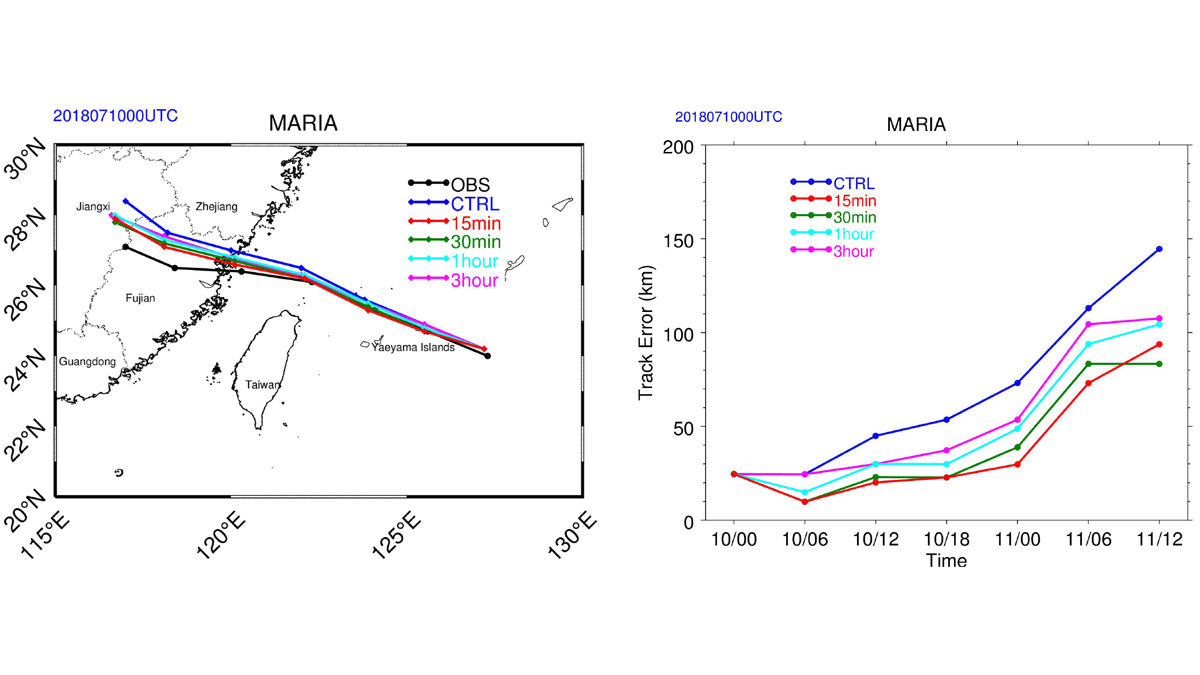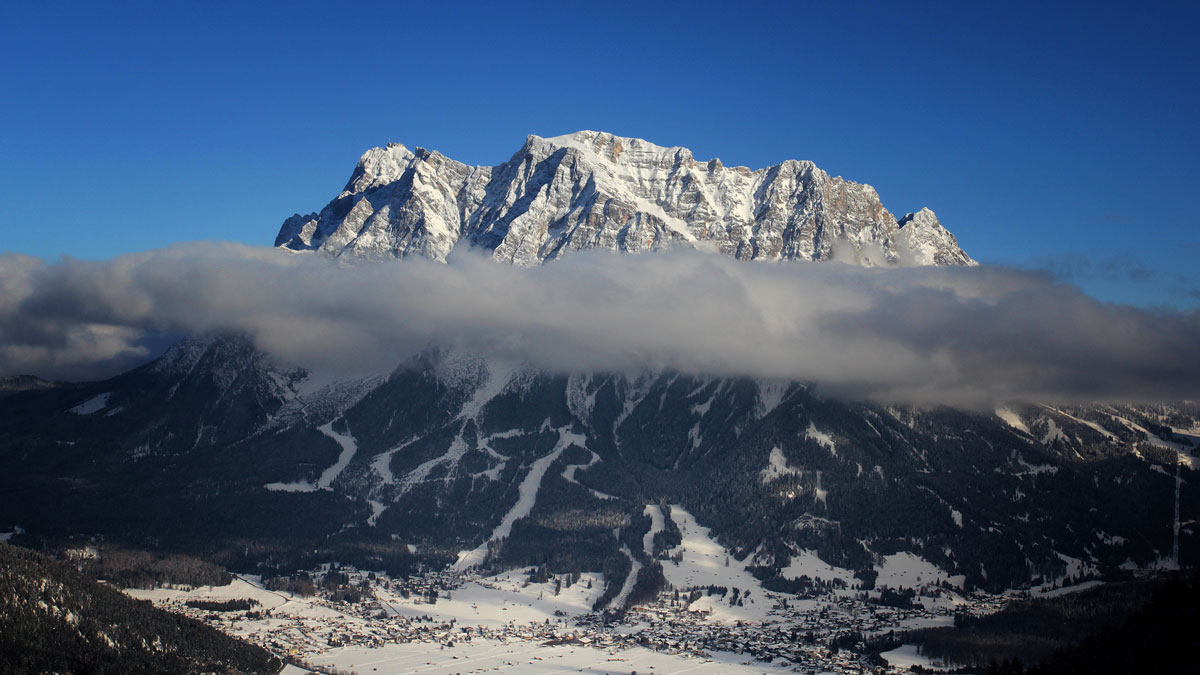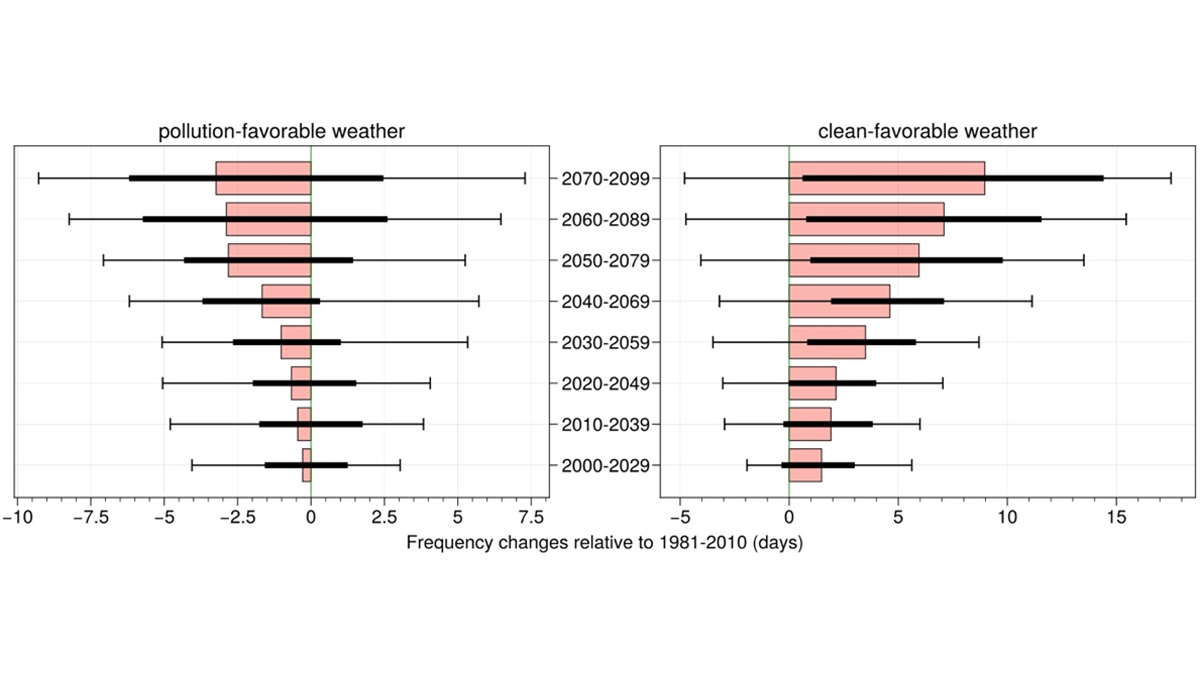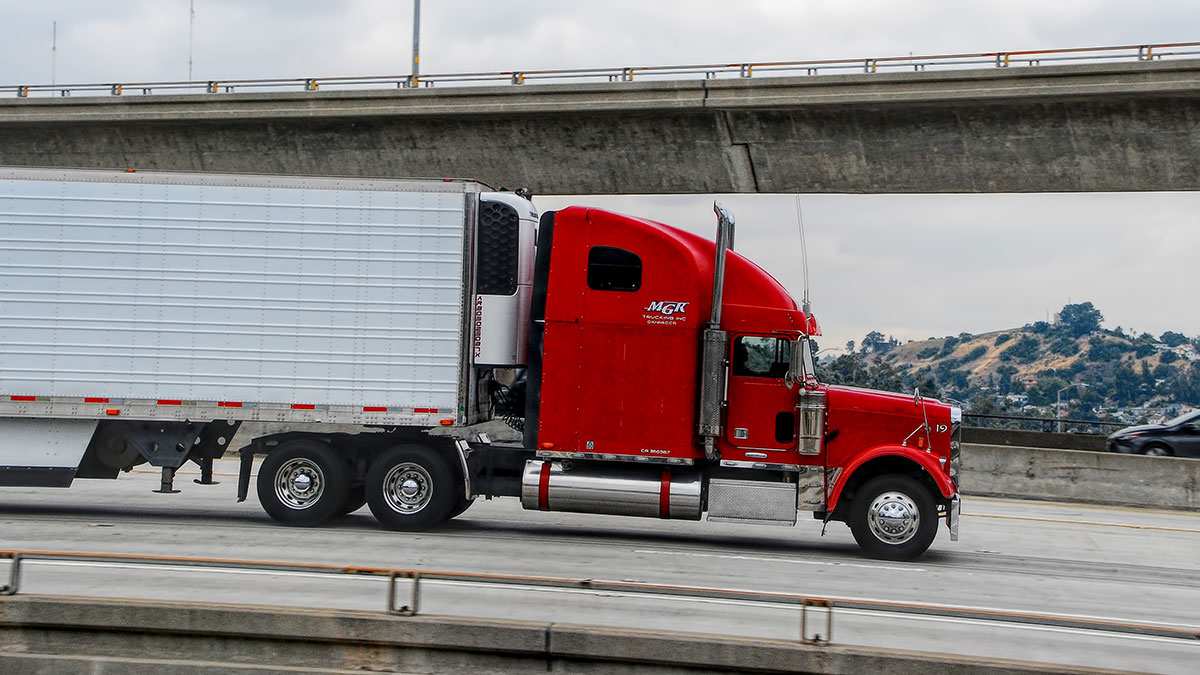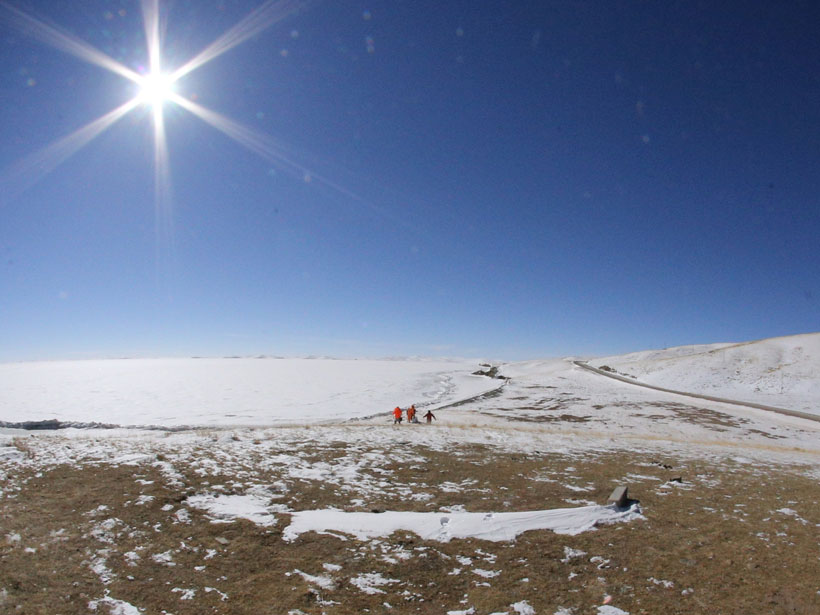An analysis of the impact of targeted observations from the Geostationary Interferometric Infrared Sounder at high-temporal resolution on forecasts for Typhoon Maria in 2018.
Geophysical Research Letters
Current History: Exploring the Past of the Tasman Leakage
A new study sheds light on an important Pacific-to-Atlantic connecting current, including the global changes that led to its flowing that ushered in near-modern ocean circulation.
Simpson’s Law Role and Water Vapor Feedbacks
The choice of a fixed relative humidity leads to a simpler picture of climate feedbacks than fixing absolute humidity.
Seismology: A Promising Tool for Monitoring Permafrost
Passive seismic data from a station atop Germany’s highest peak reveal a 15-year record of permafrost degradation, suggesting that this technique could be used for long-term environmental monitoring.
Reduced Winter PM2.5 in Northern India Under Global Warming
Global warming is projected to alleviate PM2.5 pollution in Delhi by decreasing pollution-favorable weather days and increasing clean-favorable weather days.
ICESat-2 Adds Estimates of Sea Level Trends to Accomplishments
The high spatial resolution and high orbit of ICESat-2 make it suited for measuring sea level close to the coast and in the polar regions, filling a gap in our sea level observational system.
An Eye in the Sky Tracks Air Pollution Inequality in U.S. Cities
A new study uses its data to show that diesel traffic is the largest source of pollution inequality across racial and economic divides
青藏高原湖泊成为热通量热点
作为世界上海拔最高的高原,青藏高原上的淡水湖就像透镜一样,吸收来自强烈太阳辐射的热量,加速冰盖融化,影响陆地-大气通量。
Extinct Style of Plate Tectonics Explains Early Earth’s Flat Mountains
The geologic record suggests that despite Earth’s hot, thin crust during the Proterozoic, mountains were still able to form thanks to an extinct style of crustal deformation.
Pyrenees Glaciers Are Rapidly Disappearing
Three of the remaining glaciers in the Pyrenees mountain range stopped flowing in the past decade.

